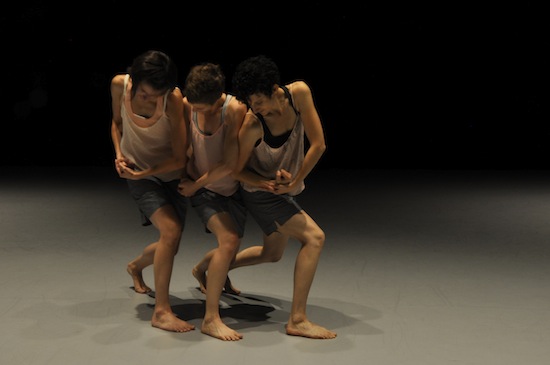Gowanus Arts guest room attracts dancers to Brooklyn

AGA-defiance like a turtle without a shell.jpg
During the dance performances this past Saturday night at Gowanus Arts, I realized that Andy Warhol based his “15 minutes of fame” notion on a viewer’s attention span between TV commercial breaks in the 1960s.
Now, in an age of tweets and podcasts, it’s hard for choreographers to know what is compelling, or, at the very least, appealing to an audience.
This was especially true for the soloists and groups who came from out of town for Spoke the Hub Dancing’s 8th Gowanus Guest Room, co-produced and curated by Erin Gottwald, who teaches ballet at Spoke the Hub’s school and performs with Sokolow Dance Theater. The dancers paid their own way for some exposure in Brooklyn’s slice of the Big Apple.
